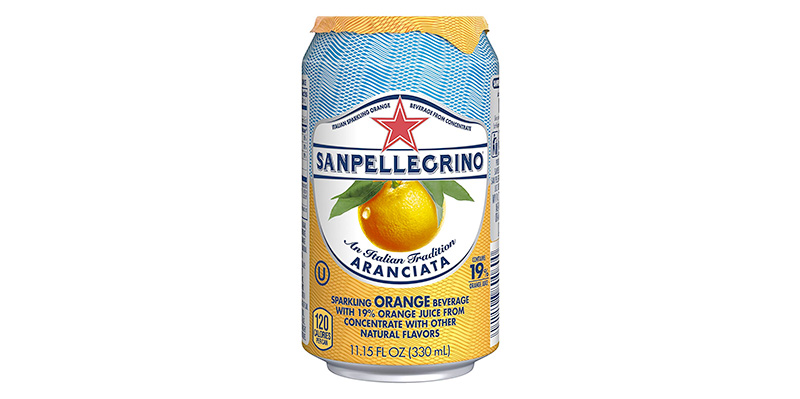
Monday and Tuesday
Managed to let my building pass run out, so most of my time was spent worrying about my bike locked up on the street.
A team sketch session around “ways in” to our emergency prescription journey and how “ways in” might be affected by a geographical pilot. I do like a sketch session, it’s really good and healthy to get input from the team. Invariably a route forward comes out of these sessions.
Wednesday
Getting ready for a lab day tomorrow.
The prototype journey is now a far cry from our magical vision journey. Suffice to say our MVP aims to fulfil a service that seems to make little sense once picked apart.
So to be blunt, the aim is to get users through the process and have them know two things:
- roughly what to expect
- what they need to do next
A full understanding of what the underlying service does and the reasons for it is going to be a plus at this point.
This might seem a bit bleak and depressing, and to be frank it is.
But all the headbanging, constant moaning and whining (the team will confirm) does serve a purpose.
Investigating the feature we’re being asked to create, getting that service vision, introducing it via show and tells, carting a prototype around; it helps those further up the strategic chain get an idea of what could be from a place that’s very much concerned with service delivery.
The subsequent shift to an MVP, public gripes, show and tell rants, picking apart of SLAs and relentless questioning of what a service aims to achieve all serve as a feedback loop. A critique of not just the technical challenges, but also how services are designed in the first place.
I mean, it’d certainly be cool if services utilised user-centered design from the get-go, but that’s not always going to be the case.
Thursday
Lab day. I like lab days, especially when the lab fridge comes stuffed with fizzy drinks. Amped.
Friday
Mainly mulling over the lab day. Next week we’ll do a fuller analysis, but I always like to have a little think immediately after the event while it’s still fresh.
Overall the day went well. Users got through the prototype with little to no friction (except where we expected it), and crucially had:
- an understanding of what they needed to do next
- an inkling of what to expect next in their healthcare journey
Not all our users truly understood what they’d just done — self-referred into the clinical care of a named pharmacy and ensured NHS prescription prices. But given the method by which the SLA demands this happen I’d be extremely surprised if everyone did.
A couple of users nicely skewered the service as implemented, asking why did they need to fill in so much stuff if they were then asked to call the pharmacy?
It was also, to be frank, a relief that the users on the day didn’t have the expectation that the work they’d done so far meant they were significantly nearer their end goal: they weren’t expecting a pharmacist to be mixing up their prescription right now. The effort versus reward in this little journey feels frankly off-balance, but it’s reassuring to see we’re not inadvertently deceiving users by implying too much progress. Oh the irony.
Users struggled:
- to find their way into the “emergency prescriptions” pathway itself
- to tell us whether they were on a controlled drug or not (see March 22)
Finding a way in
At the moment the prototype uses the standard route into 111 online, and part of that involves using text search to choose the right pathway. Users have invariably used symptoms or conditions to describe their need for an emergency prescription — think “asthma” or “rash”. The result of not having their prescription, or the reason why they need the prescription is intimately tied to the way they describe their need.
So searching for the words “emergency prescription” (or variations thereof) is not something everyone will do, and we shouldn’t rely on it. Our analytics tell us that it’s something that some people do, and so this is one valid route in.
Next sprint we’ll be focussing much more on how we can signpost people to this particular pathway.
Controlled drugs
If I’m a pharmacist, and the referral messages I receive contain information about whether or not a user has a prescription to controlled drugs, great.
If that information is wrong roughly half the time, that’s not useful. That’s just noise, interference, and it makes my job that little bit harder.
Asking people whether or not they were on controlled drugs led to a large proportion of false positives. At this point we can demonstrably prove that asking users for the specifics of their prescription is simply not reliable enough.
Again, we shouldn’t ask users to tell us what we already know. Although this seems to be common sense from the outside, it can be a temptation. The simple way to find out how well it turns out is to simply prototype it and watch people struggle.
Anyway, we’re now confident enough to move into a pilot phase. Small tweaks to our journey and some signposting work, but we’re in a place where we can get started.